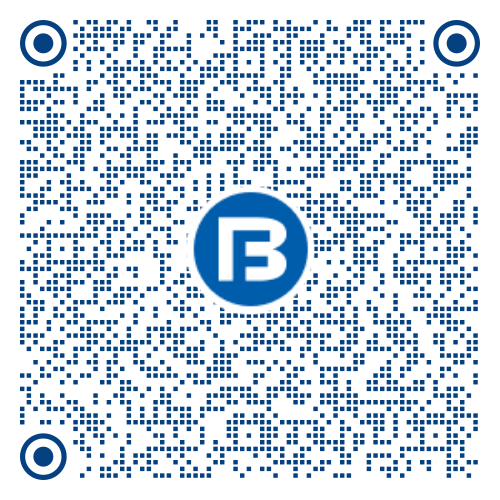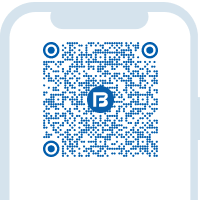In this blog, you’ll learn about the PCR ratio meaning, how to analyse it, calculate it, and why it matters.
When it comes to volume as the factor, PCR (Put-Call Ratio) is calculated by dividing the put trading volume by the call trading volume on a specific day.
PCR (Volume) = Put Trading Volume / Call Trading Volume
Here, put volume represents the total put options traded within a given timeframe, while call volume represents the total call options traded during the same period. The interpretation of the ratio varies based on the type of investor, as it can indicate market sentiment, potential reversals, or ongoing trends.
What is the Put Call Ratio?
The Put Call Ratio, or PCR as it’s commonly abbreviated, is a popular tool used by traders and investors to measure market sentiment. Simply put, it’s a quotient that reflects the volume of trading in put options versus call options. Puts are bets that a stock or index will fall, and calls are wagers that it will rise.
When you hear traders discussing the PCR ratio, they’re talking about whether more people are betting on the market to decline or rise. A higher ratio indicates that more puts are being bought relative to calls, suggesting that investors are either expecting a downturn or are hedging against one. Conversely, a lower ratio signals that calls are the favoured choice, implying a bullish outlook.
Additional Read: What is EBITDA?
How to analyse PCR (Put Call Ratio)?
The Put Call Ratio (PCR Ratio) is a widely used put call ratio indicator that helps traders assess market sentiment. By examining the put call ratio interpretation, investors can identify bullish or bearish trends. Understanding the PCR ratio formula is essential for successful trading in options.
Put / Call Ratio
| Analysis
|
If the put call ratio increases during minor dips in an uptrend
| Bullish Indication: Put writers are aggressively writing at dips, anticipating the uptrend will continue.
|
If the put call ratio decreases near resistance levels
| Bearish Indication: Call writers are building fresh positions, expecting limited upside or a correction.
|
If the put call ratio decreases during a downtrend
| Bearish Indication: Option writers are actively selling call options, expecting the downward trend to persist.
|
By analysing the put call ratio indicator and using the PCR ratio formula, traders can make informed decisions, whether for short-term trades or long-term positions. Mastering put call ratio interpretation enables better predictions of market moves, crucial for Indian markets where such tools play a vital role.
Analysing the Put Call Ratio indicator requires a keen eye on market trends and a bit of intuition. If you’re analysing the PCR, consider it in the context of recent market movements. A high PCR ratio might not always mean that the market will fall; sometimes, it’s just a sign of investors being cautious. On the other hand, a low PCR could indicate overconfidence in the market, which could precede a correction.
It’s also important to look at the PCR over time rather than at a single point. Is the ratio trending upwards or downwards? What does that say about how market sentiment is shifting? You can also compare the current PCR with historical averages to determine if it’s out of the ordinary.
Remember, the key to utilising the Put Call Ratio effectively lies in understanding its details and interpreting it within the broader market context. The Put Call Ratio shouldn’t be used in isolation; it’s one part of a broader set of analytical tools. When you use it along with other market indicators, it can lead to more informed and intelligent trading decisions.
Additional Read: What Is a Dividend
How is PCR Calculated?
Putting it simply, the put-call ratio formula is straightforward. You divide the number of traded put options by the number of traded call options. If 200 puts and 100 calls are traded, the PCR is 2.0, indicating that for every call bought, two puts are bought.
To put it into practice, consider the daily trading volumes of options on Nifty or individual stocks listed on the National Stock Exchange. By applying the formula to these figures, you get a snapshot of the trading day’s PCR. It’s a simple yet powerful tool to have in your analytical arsenal.
Additional Read: Current Ratio
Significance of Put Call Ratio
Let’s explore the significance of the put-call ratio offering you bite-sized wisdom:
- Contrarian Indicator: PCR serves as a contrarian signal. An elevated ratio might signal that the market is due for a positive reversal, while a low ratio could hint at an impending downturn.
- Market Sentiment: It acts as a temperature check on market sentiment. High PCR suggests bearish sentiment, while low PCR points to bullish sentiment.
- Overbought/Oversold Levels: Extreme PCR levels can indicate overbought or oversold market conditions, offering potential entry or exit points.
- Risk Appetite: The PCR can reflect the risk appetite in the market – risk-averse or risk-taking.
- Hedging Activity: It can also signify the extent of hedging activity, as more investors buy puts to protect their portfolios.
Additional Read: How to Calculate Solvency Ratio?
Limitations of Put Call Ratio
Despite its utility, the PCR comes with its own set of limitations.
- Lagging Indicator: PCR is based on past transactions and thus is a lagging indicator. It reflects what has already happened rather than predicting the future.
- Hedging vs. Speculation: The PCR doesn’t differentiate between options bought for hedging purposes and those for speculation. This can sometimes cloud its predictive power.
- Market Noise: During periods of high volatility, the PCR can be swayed by short-term noise rather than true sentiment changes.
- Isolation Risk: Using PCR in isolation can be misleading. It’s best utilised in combination with other market indicators and analyses.
- Historical Comparison Limits: The effectiveness of comparing current PCR with historical averages can be limited, as market dynamics change over time.
Conclusion
The Put-Call Ratio is a vital tool in the hands of a smart investor. While it’s not a magic wand that can predict market movements with absolute certainty, it offers valuable insights into the collective psyche of market participants. In the Indian context, where the markets are as dynamic as the monsoon winds, the PCR can provide a steady perspective.
As you navigate the Indian markets, let the PCR be one of the tools you use to measure the winds of sentiment. Used wisely, the Put-Call Ratio could steer you through the stormy waters of stock trading. So the next time you find yourself amidst the buzz of bullish and bearish predictions, take a moment to consider what the PCR has to say. It just might be the insight you need to make your next wise investment move.
Disclaimer: Investments in the securities market are subject to market risk, read all related documents carefully before investing.
This content is for educational purposes only.













